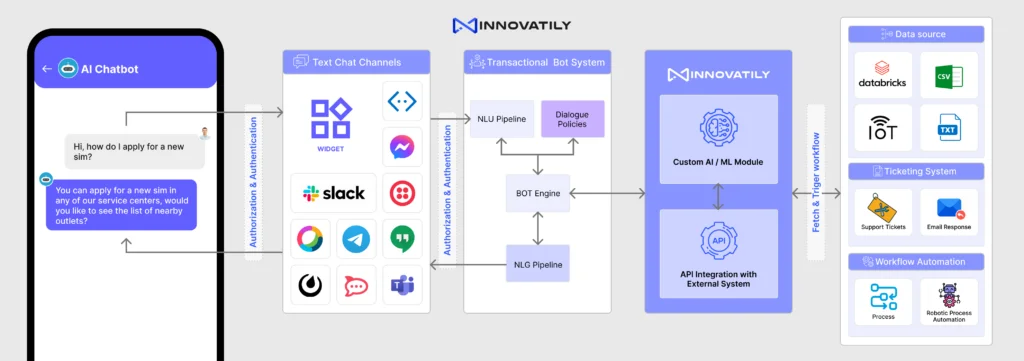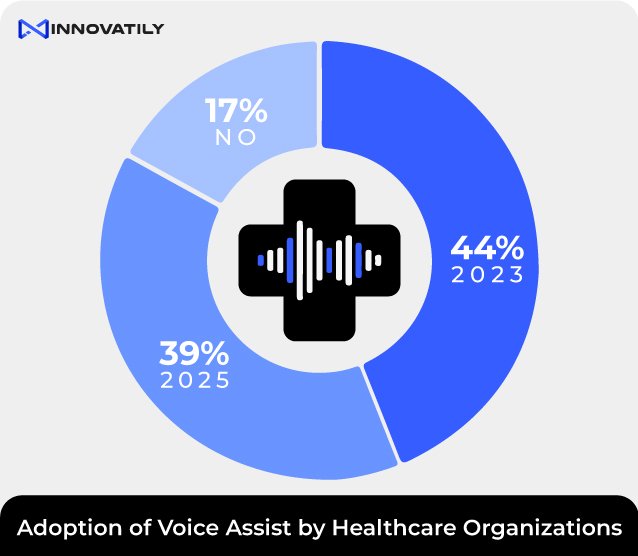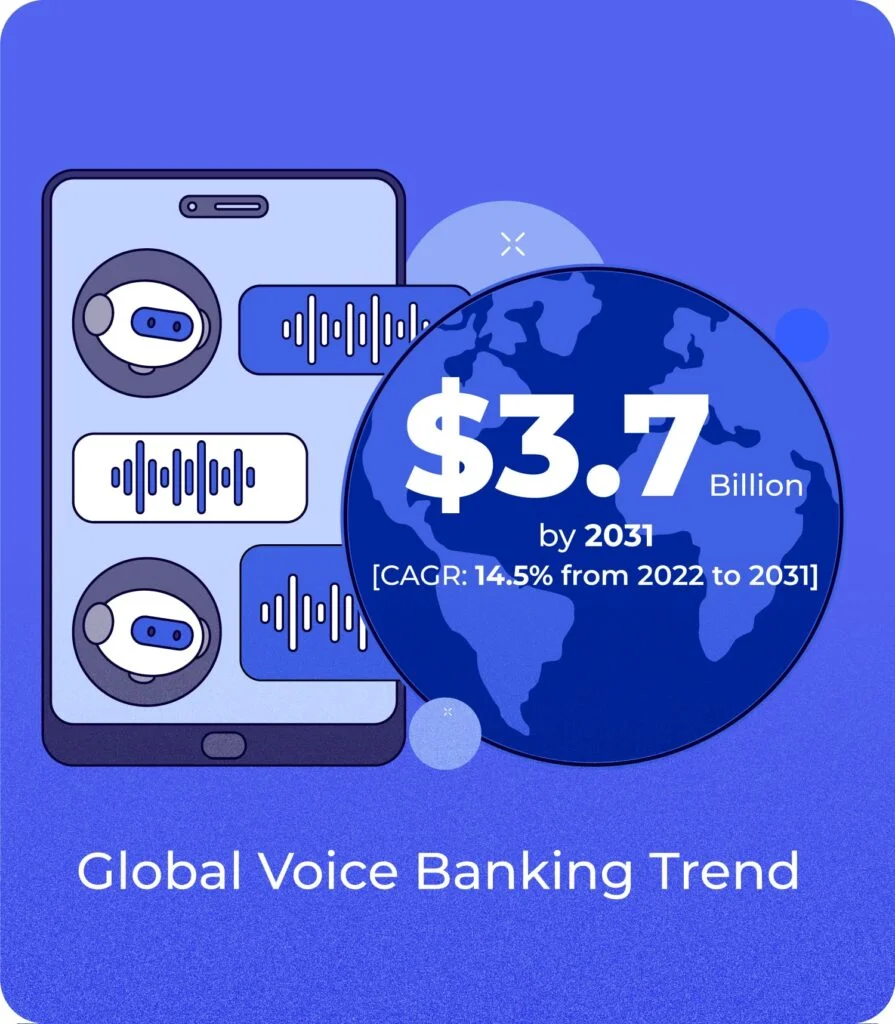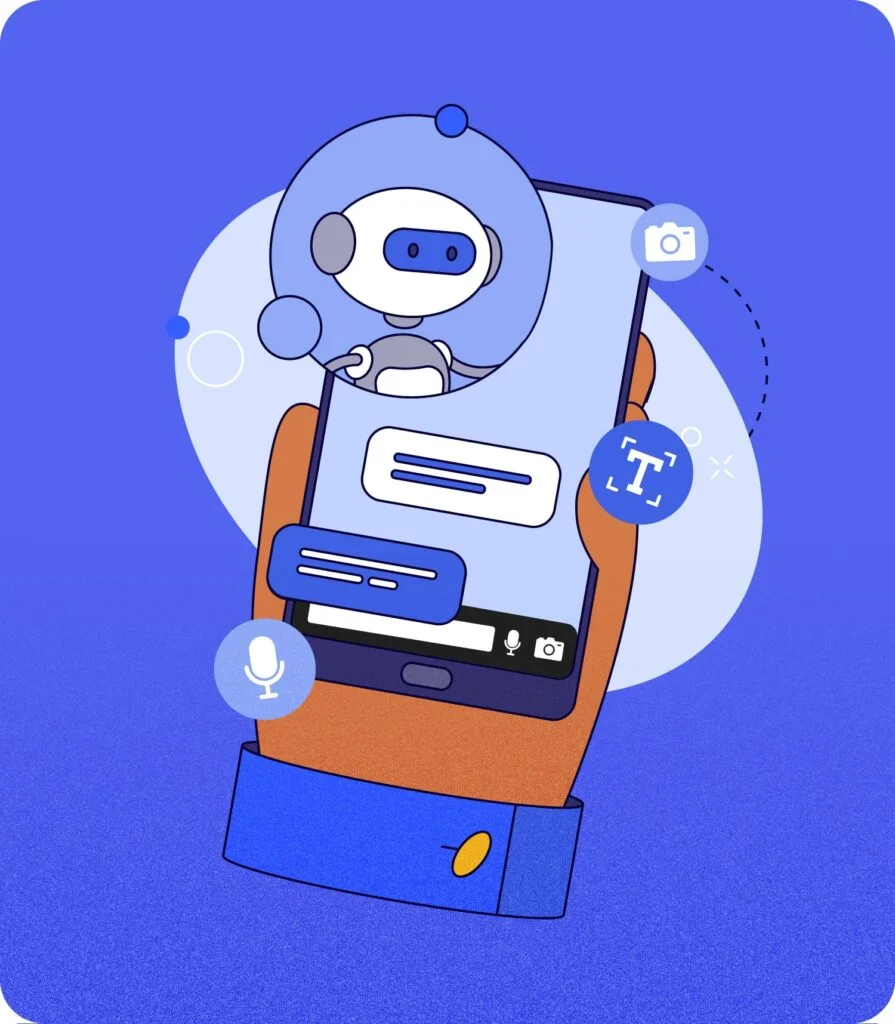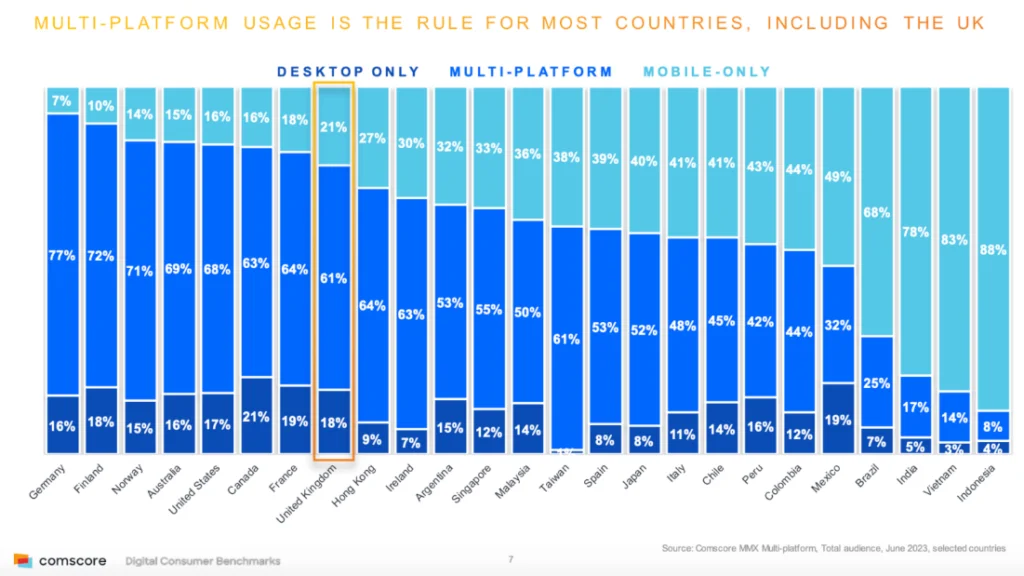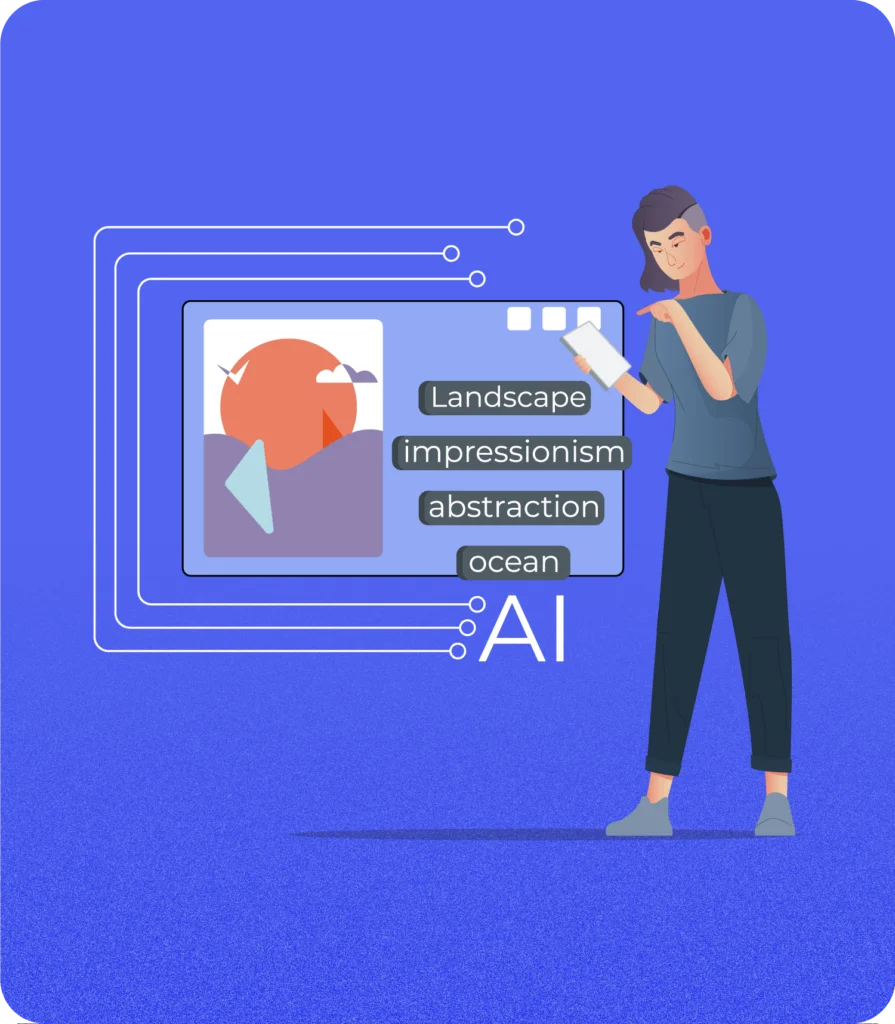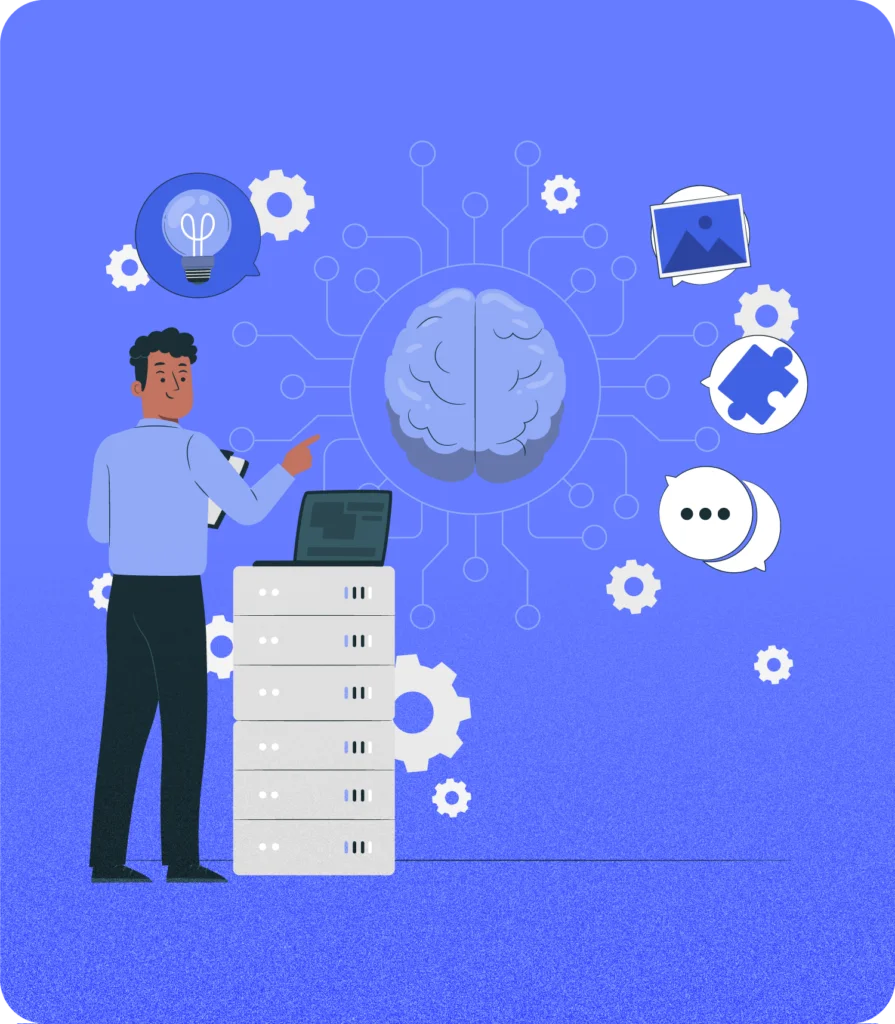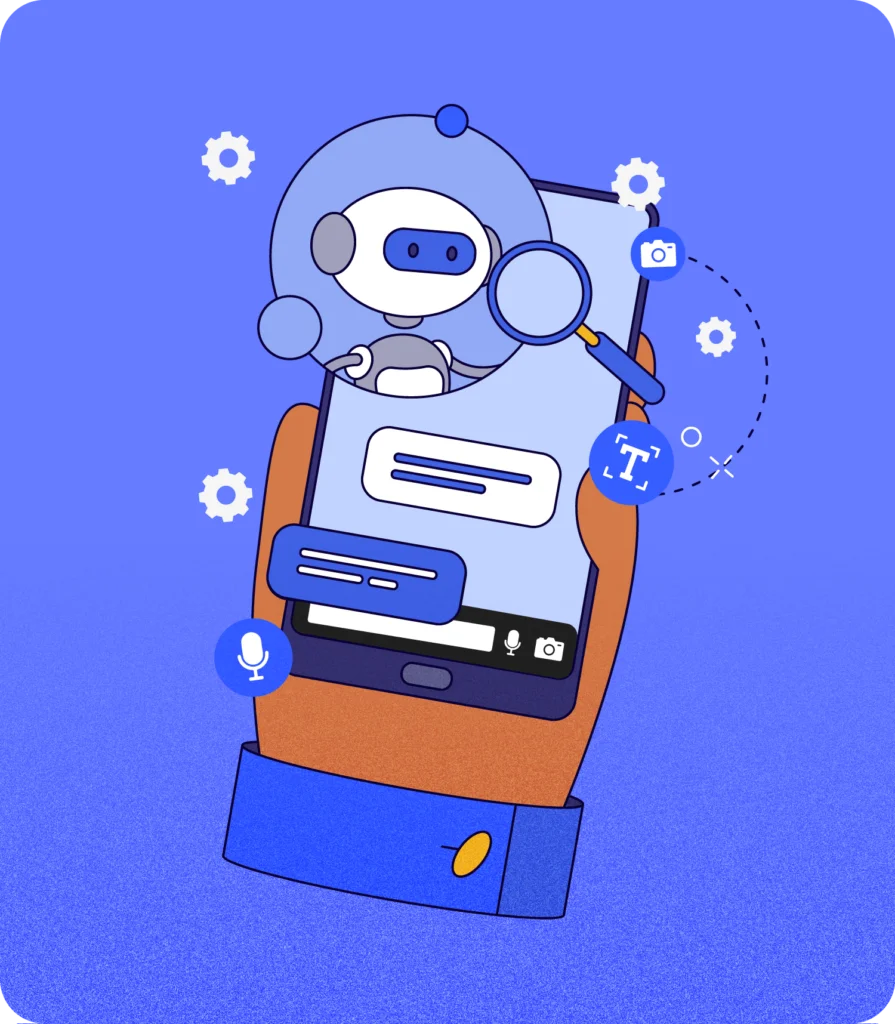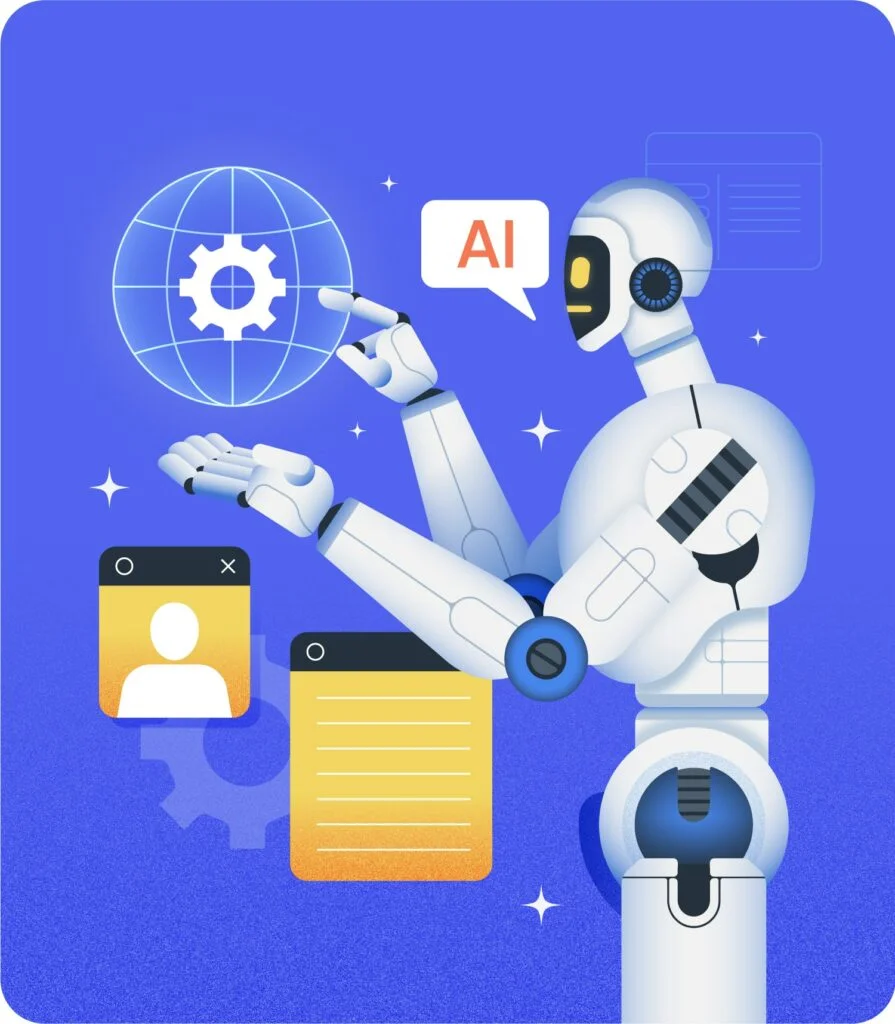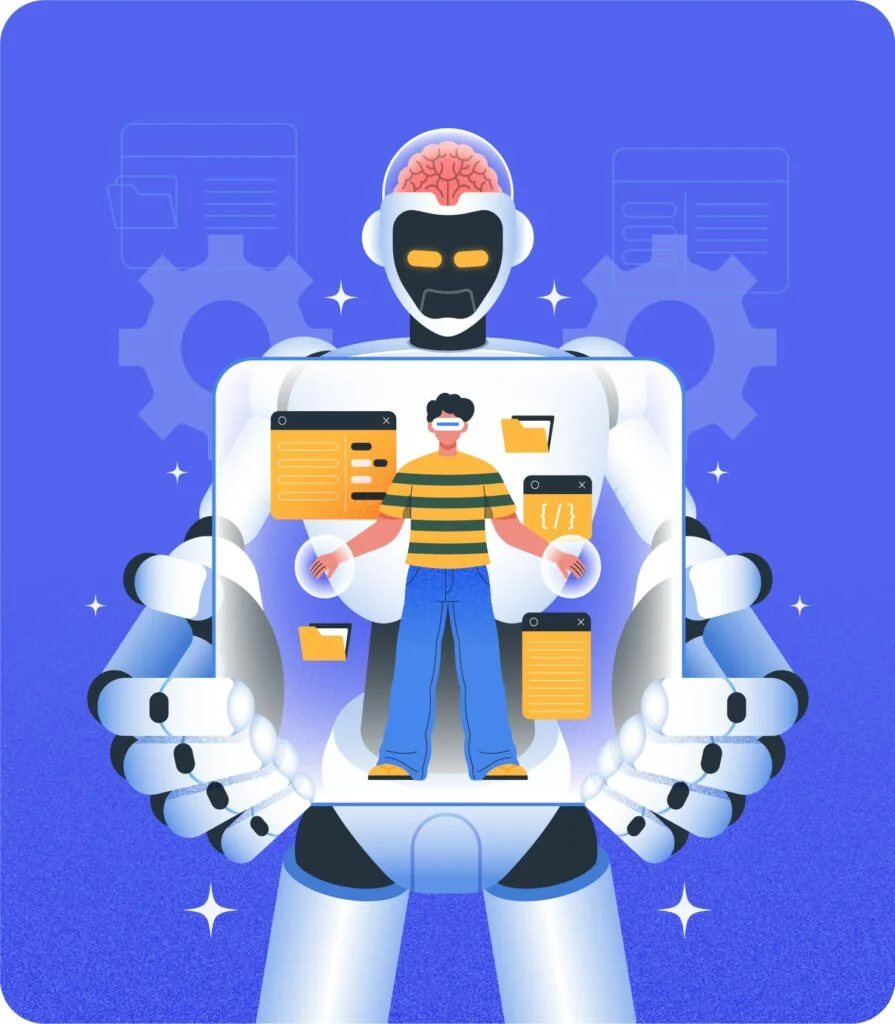Iron Man’s Jarvis was a groundbreaking innovation in the Marvel Cinematic Universe from a technological standpoint. Cut to 2024, and we are on the brink of living in a similar world, thanks to Conversational Business Intelligence (BI).
Every business is leveraging data to stay ahead of the competition. Traditional Business Intelligence Systems have been pivotal in providing critical insights from vast amounts of data. However, as the complexity and volume of data have increased, the need for intuitive and accessible ways of interaction has also grown. This is where Conversational BI enters, democratizing data access and revolutionizing the way we interact with business information.
What is Conversational BI?
Conversational BI seamlessly integrates natural language processing (NLP) and conversational interfaces into traditional BI tools. This approach allows users to interact with data systems effortlessly using everyday language, whether through text or voice commands. Gone are the days of navigating intricate dashboards or crafting complex SQL queries. Users can simply pose questions such as, “What were our sales figures last quarter?” or “Show me the trend in customer satisfaction over the past year.” The system promptly processes these inquiries, delivering precise, real-time answers. This transformative capability not only enhances accessibility but also makes data analysis a more intuitive and user-friendly experience.
Benefits of Conversational BI
Accessibility: Despite the enhanced accessibility, conversational BI tools ensure that data security and compliance are not compromised. Robust security protocols, access controls, and compliance measures are integrated into these systems to protect sensitive information and ensure that data usage adheres to regulatory standards.
Real-Time Insights: In the fast-paced business environment, timely insights are crucial. Conversational BI provides real-time answers to ad-hoc queries, enabling quicker decision-making. For instance, a sales manager can instantly get the latest sales figures during a meeting without having to dig through reports. Instant access to accurate data empowers employees to make informed decisions quickly, enhancing overall business performance.
Enhanced User Engagement: Conversational BI, with its user-friendly interface, enhances user engagement. The ability to interact with data conversationally encourages more frequent use and exploration of BI tools.
Financial Efficiency: By streamlining data access and reducing the need for extensive training on complex BI tools, businesses can achieve significant cost savings.
Applications Across Business Domains
The potential of Conversational BI can be leveraged across various functions such as Sales, Customer Service, Marketing, Human Resources, and Financial Analysis. Though customer service is seeing rapid adoption and application of conversational BI, it can be the go-to solution for all functions across an organization, from asking for sales performance to hiring status to forecasting financial outcomes.
Key Features of Conversational BI
- Natural Language Processing (NLP): At the core of Conversational BI is NLP, which allows the system to understand and interpret human language. Advanced NLP algorithms handle various linguistic nuances, ensuring that users get accurate responses to their queries.
- Voice and Text Interaction: Conversational BI supports both voice and text-based interactions. Users can type their questions or speak them into the system, providing flexibility in how they interact with data.
- Contextual Understanding: These systems can understand the context of questions. For example, if a user asks, “What were the sales last month?” and follows up with “How about in Europe?”, the system understands that the second query is a continuation of the first and adjusts the context accordingly.
- Integration with Existing BI Tools: Conversational BI can be integrated with existing BI platforms, leveraging the robust data infrastructure already in place. This integration ensures a seamless transition and maximizes the return on investment in current BI systems.
- Customizable Dashboards and Reports: While the primary interaction is conversational, users can also generate traditional dashboards and reports based on their queries. This hybrid approach caters to both quick, on-the-fly questions and more detailed analysis.
The Future of AI in Business Intelligence
The future of AI in business intelligence promises numerous exciting opportunities. Enterprises will leverage AI to make quick and accurate decisions based on data. Imagine a world where businesses can instantly personalize marketing using insights from customer interactions. AI will also automate time-consuming tasks, freeing up people to focus on big ideas and innovation.
This flexibility will help companies seize market opportunities and handle changes confidently. As AI becomes more adept at working with business data, its transformative power in decision-making will become increasingly evident.
AI will not only improve efficiency but also enhance customer understanding. Imagine predicting customer needs before they express them or solving problems before they escalate. These insights will build trust and loyalty, making customers happier and more likely loyal to the brand.
By harnessing AI and focusing on data, businesses can optimize resources, better navigate changes in the business environment, and continue to grow and succeed in the long run.
Innovatily is at the forefront of harnessing the power of conversational BI to transform how businesses access and utilize data. Our solutions are designed to enhance data accessibility, drive informed decision-making, and foster a data-centric culture across your organization. Partner with us to unlock the full potential of your data through innovative conversational BI solutions.
 +1-(737)-373-2593
+1-(737)-373-2593
 +61-(488)-873-815
+61-(488)-873-815